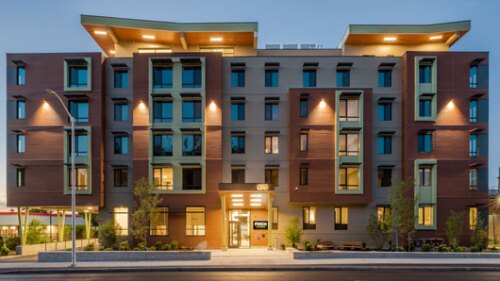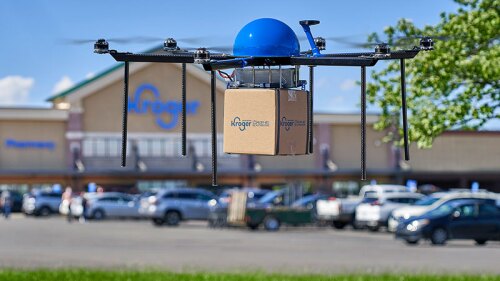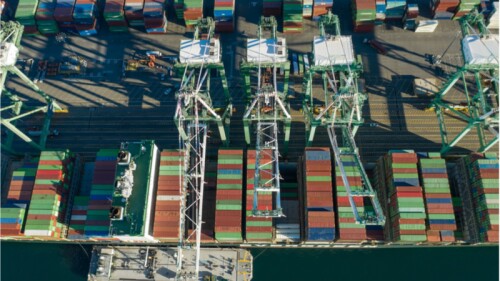Industrial Warehouses
The 2023 ULI Asia Pacific Summit in Singapore brought together a panel of prominent investors to discuss how a fast-changing global macro environment is impacting Asia Pacific’s commercial real estate markets. Panelists noted that current conditions are uncharted territory for an industry conditioned by 40 years of falling interest rates and inflation.
As the use of mass-timber construction gains momentum in the multifamily development business, it is still taking baby steps in the U.S. industrial market. Last October, Affinius Capital and Seefried Industrial Properties attracted plenty of attention when they completed a 161,000-square-foot (14,900 sq m) wood-paneled warehouse outside Dallas, one of the first of its kind in the country, and more are planned or under construction.
The boom in private-equity real estate fundraising that has delivered a slew of billion-dollar megafunds in recent years has slammed into some formidable headwinds. Yet, near-term challenges are not diminishing the appetite for capital among a still-crowded field of fund managers and sponsors.
The Dodge Momentum Index, a monthly measure of the initial report for nonresidential building projects, improved 5.7 percent in September from the revised August reading. In September, the commercial component of the index rose 2.9 percent, while the institutional component also increased, seeing a double-digit gain of 11.7 percent.
The Dodge Momentum Index, a leading indicator for U.S. commercial real estate activity, increased 4 percent in February to 158.2, from the revised January reading of 151.9. In February, institutional planning rose 9 percent, and commercial planning moved 1 percent higher.
A growing number of resilient buildings can serve as models for how to embed resilience in building design and economics, ensuring that both inhabitants and financial performance are protected in the long run.
With features such as mezzanine offices above warehouse spaces and shared-amenity areas in which people can exercise and socialize, developers are transforming the once-staid genre of industrial buildings by incorporating features comparable to those typically found in office and mixed-use projects, according to a recent ULI panel discussion. Panelists also described design changes made to facilitate the increasingly rapid movement of e-commerce goods and rooftop solar installations that can supply most of a building’s energy needs.
The Dodge Momentum Index fell to 155.8 in July, a 6 percent decline from the revised June reading of 164.9. The index, issued by Dodge Data and Analytics, is a monthly measure of the initial report for nonresidential building projects in planning, which has been shown to lead construction spending for nonresidential buildings by a full year. The two components of the index fell in July—commercial planning by 3 percent and institutional planning by 9 percent.
Kroger, one of the largest U.S. grocery store chains, has partnered with Drone Express to begin testing grocery delivery via autonomous drones in Centerville, Ohio.
According to the North American Ports Report by Cushman and Wakefield, U.S. ports rebounded strongly in the second half of 2020. Volumes for the full year changed only modestly—a 2 percent increase in loaded inbound twenty-foot equivalent units (TEUs) and a decline of 5.5 percent on loaded export units.







